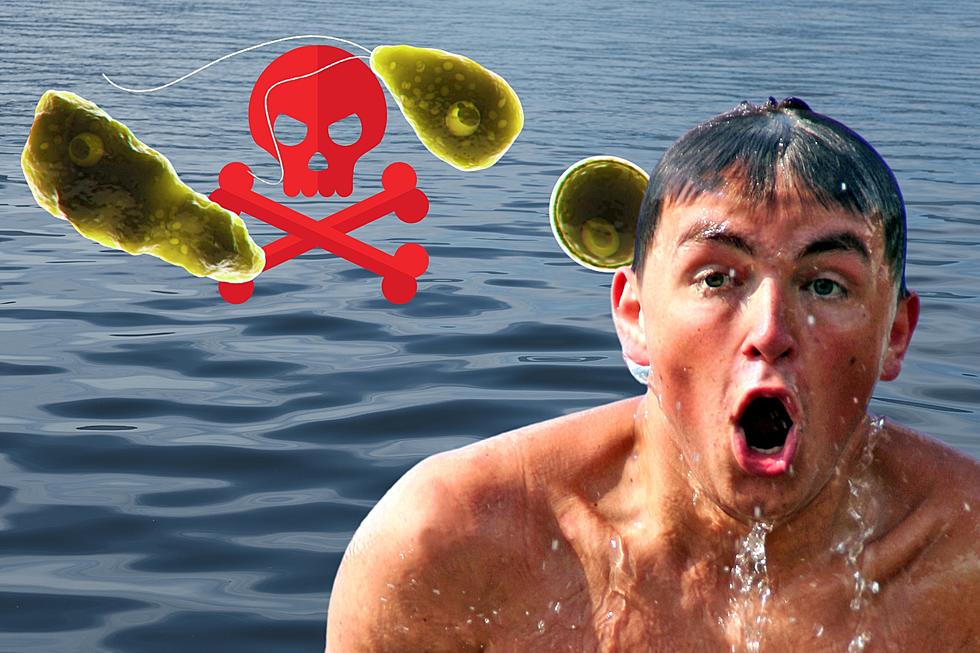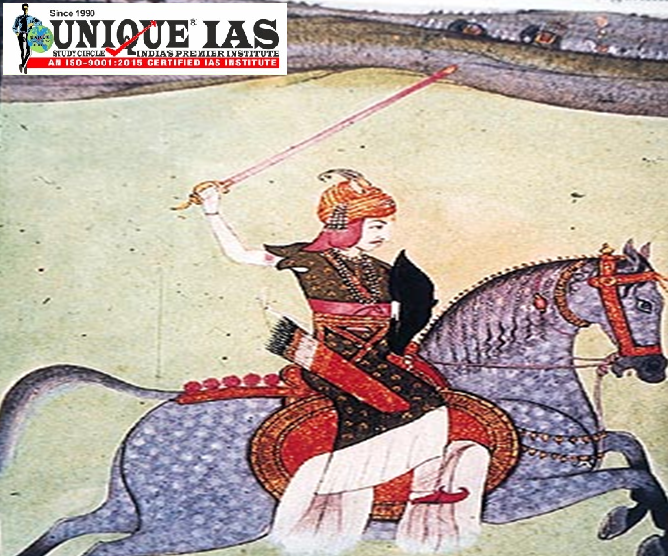BRAIN EATING AMOEBA
Why in News?:
Recently, a person in Kerala’s Alappuzha district died due to a rare infection caused by Naegleria fowleri.
What is Naegleria fowleri?:
Only one species of Naegleria infects people: Naegleria fowleri.
Commonly called "brain-eating amoeba,"
It is a single-cell organism found in warm freshwater environments such as lakes, hot springs, and poorly maintained swimming pools.
It enters the body through the nose and can cause a severe brain infection known as primary amebic meningoencephalitis (PAM).
Infection in Human:
It enters through the nasal passage and mouth when a person swims, dives, or uses contaminated water for religious rituals.
It then migrates through the olfactory nerve to the brain, leading to severe inflammation and destruction of brain tissue.
It does not spread from person to person.
Vulnerable Individuals:
While the human body is generally vulnerable to Naegleria fowleri, infections are extremely rare.
Weakened immune system, a history of nasal or sinus issues, or activities involving exposure to warm freshwater.
Symptoms:
Appear within a week of infection and include severe headache, fever, nausea, vomiting, stiff neck, confusion, seizures, and hallucinations.
The infection progresses rapidly and can lead to coma and death. The chances of survival are unfortunately low.
Treatment:
The drug Miltefosine has shown efficacy in killing Naegleria fowleri in laboratory settings and has been used successfully in the treatment of some survivors.




.jpg)
.jpg)
.jpg)
.jpg)
.jpg)




.jpg)
